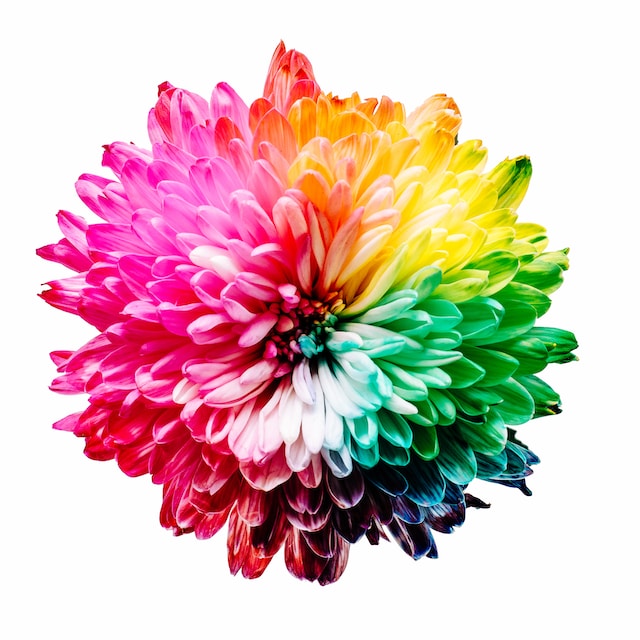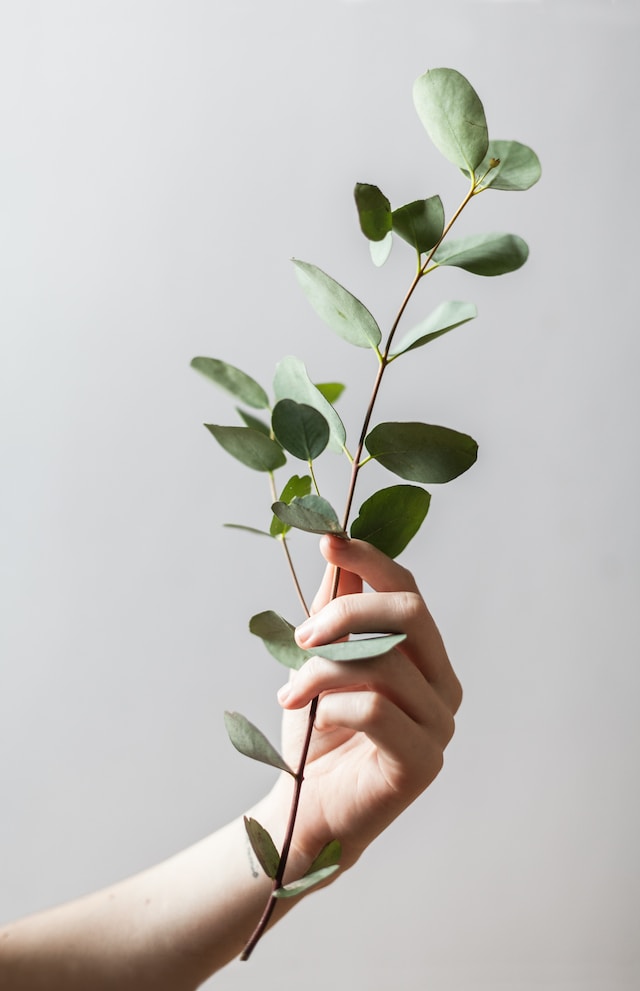Growing a Plant: My Experience with the Peace Lily
As someone who loves having plants around my home, I’ve learned that not all plants are created equal. Some require more attention and care than others, while some are hardy enough to thrive even with minimal effort. One of my favorite plants to grow is the peace lily, which is not only beautiful to look at but also relatively easy to care for. In this article, I’ll share my experience with growing a peace lily and give you some tips on how to create the ideal environment for this plant.
Choosing the Right Pot
Before you start growing a peace lily, it’s important to choose the right pot. The peace lily prefers a pot that is slightly larger than its root ball, but not too big. If the pot is too big, the soil will retain too much moisture and the plant’s roots may rot. If the pot is too small, the plant may become root-bound and stop growing. A pot with drainage holes is also important to prevent water from pooling at the bottom and causing root rot.
Creating the Ideal Environment
The peace lily thrives in a warm, humid environment with indirect sunlight. It prefers temperatures between 65 and 80 degrees Fahrenheit, so it’s important to keep it away from cold drafts or extreme heat. In terms of humidity, the peace lily likes to be in a room with a humidity level of at least 40%. If your home is too dry, you can increase the humidity by placing a tray of water near the plant or using a humidifier.
Watering and Fertilizing
One of the reasons why the peace lily is so easy to care for is that it doesn’t require frequent watering. In fact, overwatering is one of the most common mistakes people make when growing this plant. The peace lily likes to be kept moist, but not soaking wet. You should water it once a week, or when the top inch of soil feels dry to the touch. It’s important to use room temperature water, as cold water can shock the plant’s roots.
Fertilizing is also important for the peace lily, as it helps to promote healthy growth and flowering. You should fertilize the plant once a month during the growing season (spring and summer) with a balanced fertilizer. Be sure to follow the instructions on the fertilizer package, as over-fertilizing can damage the plant.
Dealing with Common Problems
While the peace lily is a relatively low-maintenance plant, it can still experience some common problems. One of the most common issues is brown tips on the leaves, which is usually caused by overwatering or low humidity. To fix this problem, you should reduce the frequency of watering and increase the humidity around the plant.
Another problem that can occur with the peace lily is yellowing leaves, which can be caused by a variety of factors including too much or too little light, over-fertilizing, or pests. To diagnose the problem, you should check the plant’s environment and make any necessary adjustments. If the problem persists, you may need to treat the plant with an insecticide or fungicide.
In conclusion, growing a peace lily is a great way to add some greenery to your home without requiring too much effort. By providing the plant with the right pot, environment, and care, you can enjoy its beautiful foliage and occasional flowers for years to come.




